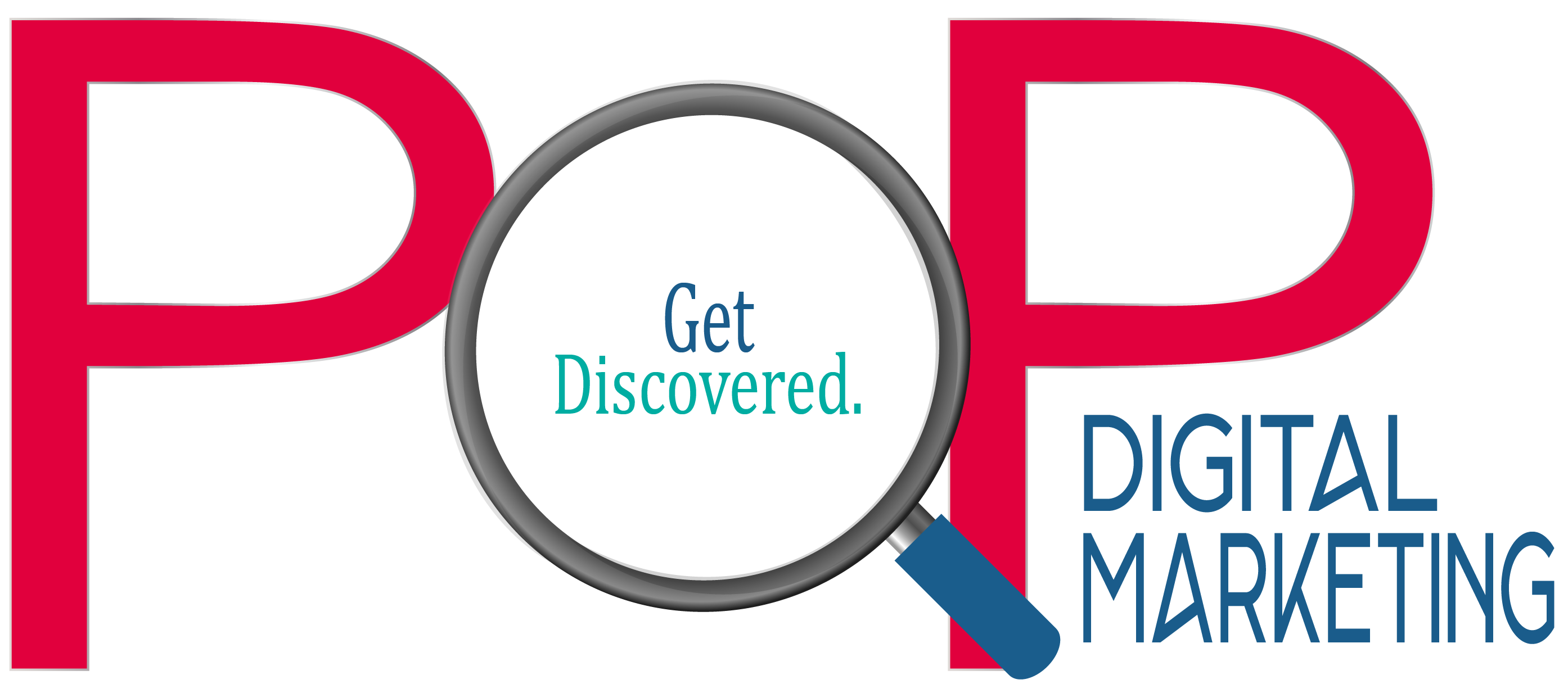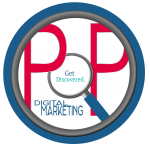Too often I receive a blast from a small or medium sized business that just makes me cringe. For example, the other day, I received an email from a company that had information in it for its current clients, which I am not. It made no sense that they sent it to me, but odds are, they sent it to their entire list. There are clear ways to increase your unsubscribe rate, and not sending relevant information to your entire list is the biggest one.

According to an Epsilon Study in 2009 67% of North Americans unsubscribe from a company’s email list because they found the content irrelevant. Follow the tips below to increase your open rates, decrease your unsubscribe rate and encourage overall engagement with your email readers.
6 Steps to Decrease Unsubscribe Rates:
- Use your email provider to create segregated lists. No matter if you only have 50 subscribers or if you have 30,000 subscribers, each subscriber is unique, has his/her own needs and should be treated as such. Remember your lists are only seen by you and your marketing team so do not worry about the subscribers knowing which list they are on. Utilize the list option in your email platform and separate subscribers by services, products or client type.
- On your sign up form create interest choices. This is the best way to truly gain an understanding of what you client wants. Let your client decide which list they want to be on! Keep the choices less than 6, as too many choices can lead to a subscriber abandoning the sign-up altogether.
- Import your own list of current clients. Keep an updated list of your current clients in your email database. Use this list to send updates about client related events, updates, and information that pertain to just the active customer. The same goes for creating a list of potential customers. Think of each subscriber as in a different phase of the purchaser’s path. Your email communications need to nurture each lead appropriately according to his/her place on that path.
- Keep the titles (and content) relevant to the audience. Even if they personally signed up for your list, a subscriber still needs motivation to open the email. Make sure the title is as relevant as the content in the email!
- Only send one large communication piece to the entire list per month. The second reason people unsubscribe? Too many emails. If you are sending more than one large blast to your entire list each month, you become a nuance and also devalue the information you are sharing. By limiting your large blast to once a month, you create anticipation from your customers. Make sure your ‘entire list’ email combines “something for everyone”.
- Make sure your “forward to a friend” button is prominently displayed. Did you know that depending on your email provider, and unsubscribe process, if someone forwards your blast to a friend (using the traditional forward method, not the button in your email), the friend can unsubscribe the original subscriber? All the friend has to do is forget it was sent as a forward and click the unsubscribe button. To avoid “wrongful unsubscribes” make sure you place the “forward to a friend” button at both the top and in the footer of the email. By using the button, friends can not unsubscribe for the sender.







Recent Comments